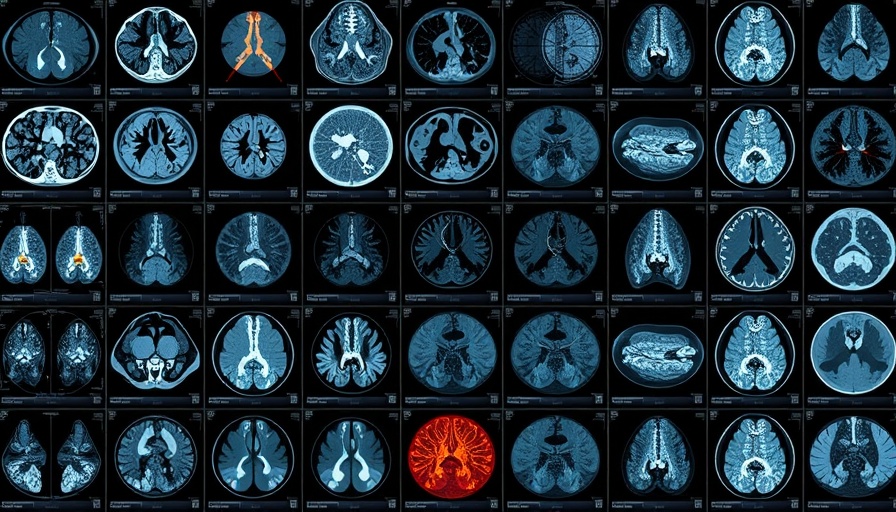
Understanding Multimodal AI Systems
Artificial intelligence continues to revolutionize various sectors, with multimodal AI systems leading the charge by seamlessly integrating text and image data. These sophisticated models exhibit remarkable capabilities by processing both types of information—allowing for a more comprehensive understanding of context. However, this cutting-edge technology is not without its challenges. As highlighted by researchers from Los Alamos National Laboratory, vulnerabilities associated with multimodal models can be exploited by malicious actors, leading to significant cybersecurity risks.
The Threat of Adversarial Attacks
Adversarial attacks, which involve subtle manipulations to mislead AI models, are a growing concern. These attacks can come through either text or visual inputs—or even both—effectively blurring the line between legitimate data and harmful noise. "When adversaries manipulate input data, models can generate misleading, harmful content that impersonates genuine outputs," explains Manish Bhattarai, a computer scientist at Los Alamos. The need for effective countermeasures is becoming increasingly urgent as these attacks evolve in sophistication and subtlety.
A Novel Topological Framework for Detection
In response to the rising threat, the research team has developed a topology-based framework designed to detect adversarial attacks effectively. This innovative approach offers a unified way of identifying vulnerabilities, irrespective of whether the attack originates from text or images. By tapping into the principles of topology—an area of mathematics dealing with spatial properties—the framework successfully identifies and categorizes adversarial threats. This represents a significant advancement in the security of multimodal AI systems.
Exploration of Defense Strategies
Despite the alarming rise in potential adversarial threats, defensive strategies for multimodal AI systems have historically received limited attention. The researchers at Los Alamos aim to bridge this gap. Building on previous work that neutralized adversarial noise in image-centric models, their new approach addresses the signature and origin of adversarial attacks, thereby enhancing the resilience of these AI systems. Such developments are particularly crucial given the increasing deployment of multimodal AI in high-stakes environments, from national security to healthcare.
The Future of AI Security
Looking ahead, the integration of robust detection frameworks like the one developed by Los Alamos could play a pivotal role in shaping the future of artificial intelligence. Ensuring the integrity of AI outputs is essential not just for technological advancement but also for fostering trust among users and stakeholders. As these models become embedded in critical decision-making processes, understanding and defending against adversarial threats will be paramount.
 Add Row
Add Row  Add
Add 




Write A Comment